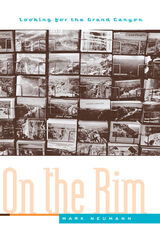An Environmental History of Knowledge and Politics: Forestry in Nineteenth- and Twentieth-Century Hungary
Central European University Press, 2026
Cloth: 978-963-386-843-0 | eISBN: 978-963-386-844-7 (PDF)
See other books on: 19th Century | Environmental History | Forestry | Knowledge | Politics
See other titles from Central European University Press
Cloth: 978-963-386-843-0 | eISBN: 978-963-386-844-7 (PDF)
ABOUT THIS BOOK | AUTHOR BIOGRAPHY | TOC
ABOUT THIS BOOK
In February 2024 the designated body of the geological sciences rejected the proposition that humans have entered the Anthropocene epoch. Historians are yet to tell history as the interaction with materials and living beings. The history of forestry is a particularly promising subject to study. Environmental concerns and the large-scale commodification of forests, often with state participation, have been walking hand-in-hand since at least the mid-eighteenth century. Moreover, the history of the development of forestry’s standardised methodology is a global history. This book describes the efforts and experiences of trained foresters driven by competing priorities, as well as their impact on the society, landscape and politics of Hungary between about 1860 and 1975.
See other books on: 19th Century | Environmental History | Forestry | Knowledge | Politics
See other titles from Central European University Press












